Top 10 Blockchain Networks by Activity 2025: Where the Most Transactions Happen
Top 10 Blockchain Networks: In the blockchain world, activity levels speak louder than hype. Transaction counts, DeFi liquidity, NFT trading, and active dApps give us a clearer picture of which chains are thriving. In 2025, blockchain adoption is spread across multiple networks—each with its own strengths, audiences, and technical advantages.
The following Top 10 Blockchain Networks list is based on June 2025 data from DappRadar and independent industry reports. It factors in total transactions, DeFi Total Value Locked (TVL), NFT marketplace activity, and the scale of each dApp ecosystem.
1. BNB Smart Chain – 11.49M Transactions
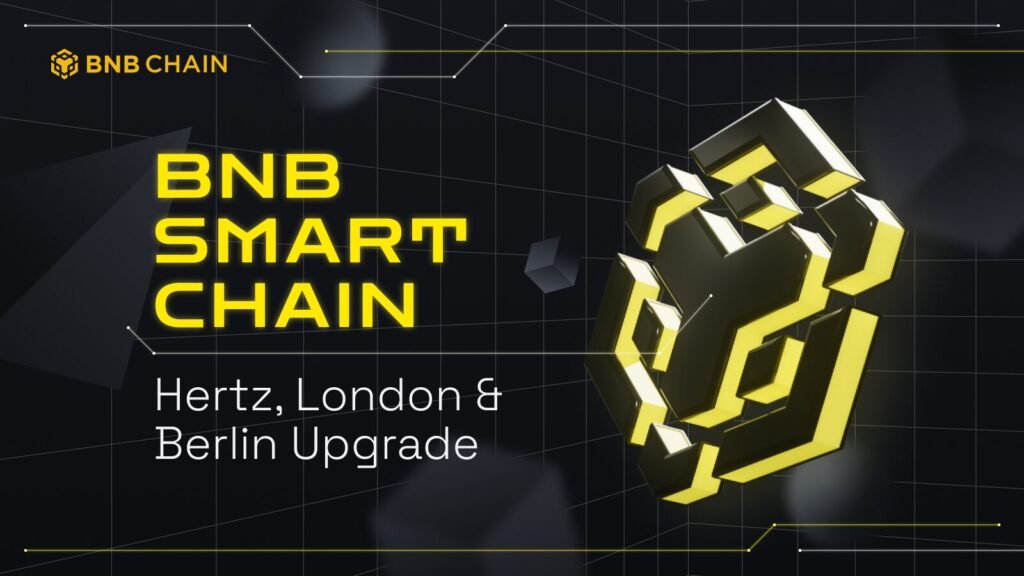
Source: BNB Chain
BNB Smart Chain (BSC) is still the go-to chain for high-frequency, low-cost transactions. With over 5,800 dApps and a staggering 1.09 million smart contracts deployed, its footprint is unmatched in sheer accessibility.
Its $6.82B DeFi TVL supports everything from token swaps to GameFi. The Binance exchange connection remains a major driver for onboarding global retail users.
2. Solana – 10.89M Transactions
Solana’s reputation for high throughput and near-instant transactions keeps it a leader in the blockchain performance race. Its $4.04B DeFi TVL is backed by a strong NFT sector and a growing roster of gaming titles.
The network’s developer-friendly architecture and incentive programs continue to draw teams building next-generation Web3 applications.
3. Top 10 Blockchain Networks : Polygon (PoS) – 4.46M Transactions
Polygon remains a bridge between Ethereum and mass adoption, offering fast, inexpensive transactions with EVM compatibility. Its $1.29B DeFi TVL and $17.28M monthly NFT volume highlight an ecosystem that balances finance and culture.
Big-name brand partnerships keep Polygon in the public eye, while gaming and enterprise blockchain projects expand its reach.
4. Top 10 Blockchain Networks : zkSync Era – 3.54M Transactions

Source: Medium
A zk-rollup Layer 2 solution for Ethereum, zkSync Era delivers both scalability and security. With $776M TVL, it’s becoming a preferred home for DeFi protocols and NFT platforms looking for cost efficiency without leaving Ethereum’s security umbrella.
Developer migration from Ethereum mainnet is a trend worth watching.
5. Base – 3.04M Transactions

Source: Beincrypto
Base, backed by Coinbase, is designed for easy onboarding of non-crypto natives. It has already accumulated $1.72B TVL and is seeing adoption in both DeFi and social applications.
Its biggest advantage? Coinbase’s massive user base and integrated wallet infrastructure.
6. Linea – 2.56M Transactions
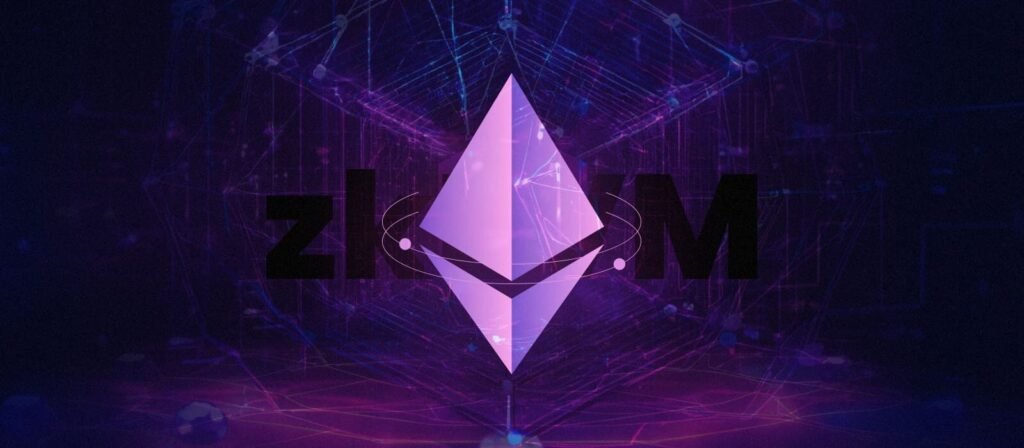
Source: pixelplex
Linea, a zkEVM Layer 2 from ConsenSys, is making steady progress despite its relatively small $32.88M TVL. It’s targeting early-stage DeFi and NFT projects that want Ethereum compatibility with better performance.
The network’s growth potential is tied closely to the ConsenSys developer ecosystem.
7. Optimism – 1.58M Transactions

Source: Bankless times
Optimism stands out with $8.17B TVL and a growing influence through the OP Stack, which powers multiple new Layer 2 chains.
It remains a key hub for Ethereum-based DeFi projects like Synthetix and Velodrome, and its lower fees are appealing for retail users.
8. Ethereum – 1.43M Transactions
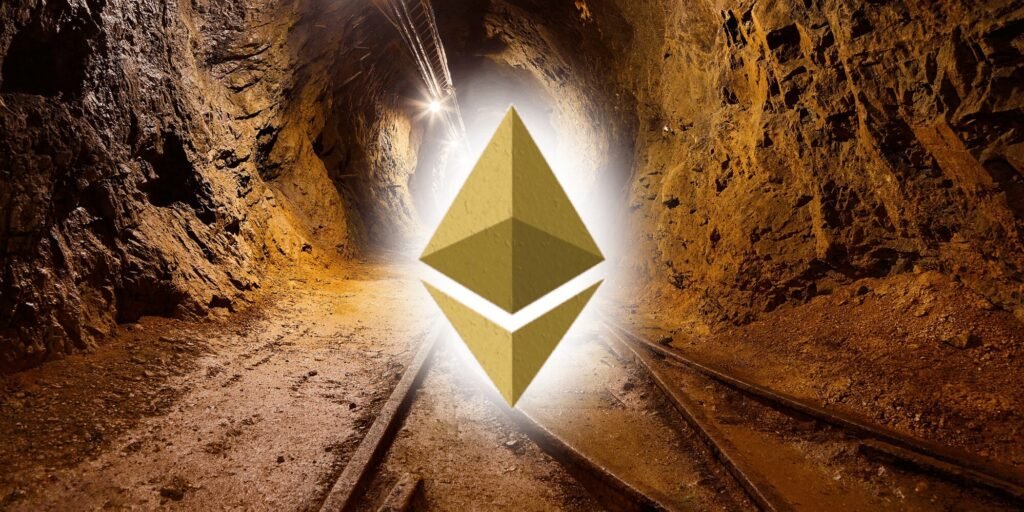
Source: Coincentral
Ethereum might not top the transaction charts, but it dominates in value with $157.4B locked in DeFi and the highest-value NFT collections.
By focusing on Layer 2 scaling solutions, Ethereum is shifting toward a role as the settlement layer for the entire ecosystem.
9. Arbitrum – 1.04M Transactions
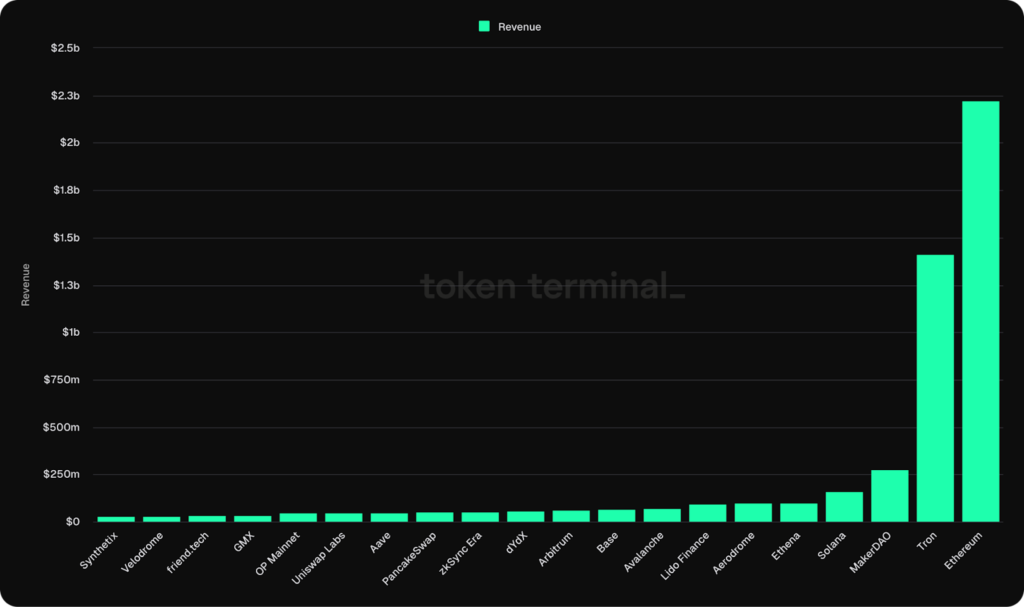
Source: Bankless
Arbitrum’s $17.2B TVL makes it the most liquid Layer 2 on Ethereum. Popular DeFi platforms like GMX and Uniswap thrive here thanks to low costs and fast finality.
Gaming and new dApp launches are expanding its scope beyond finance.
10. Tron – 261M Transactions
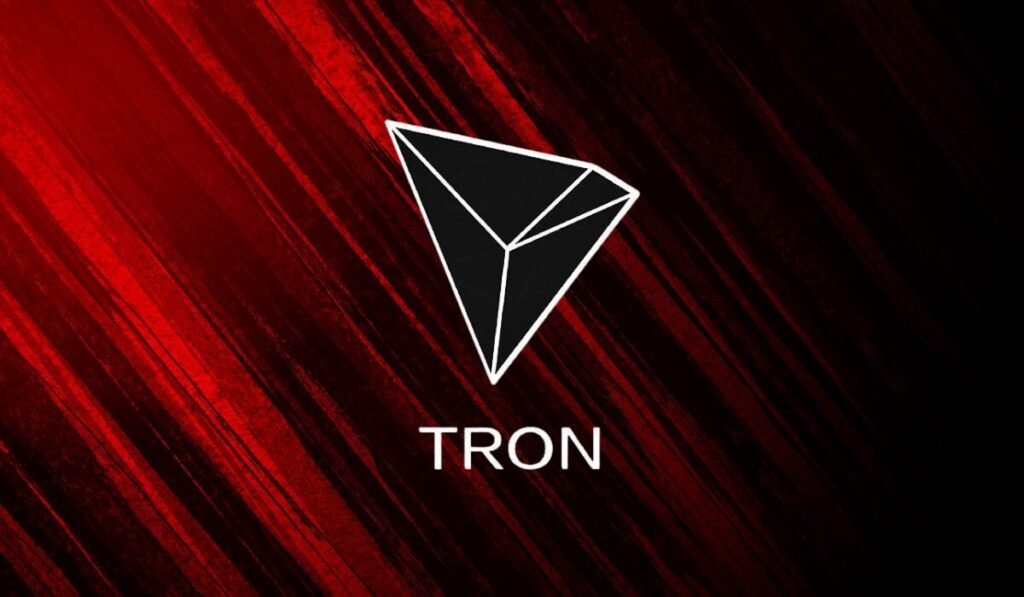
Source: Blockchain Magazines
Tron’s transaction dominance comes from one clear use case: stablecoin payments, particularly USDT. It is a favorite for cross-border remittances in regions where low fees and reliability matter most.
While its DeFi ecosystem is smaller than others, its role in global payments is unmatched.
Top 10 Blockchain Networks : Emerging Trends in 2025
- Layer 1 vs Layer 2 – Layer 2 networks are absorbing high-volume retail activity, while Layer 1s hold value-heavy transactions.
- Scalability First – Low fees and high transaction speeds keep Solana, BSC, and Polygon ahead.
- NFT & Gaming Growth – Chains with active NFT marketplaces and gaming titles see higher engagement.
- Stablecoin Utility – Tron shows how payments remain a crucial blockchain use case.
Top 10 Blockchain Networks: Conclusion
The Top 10 Blockchain Networks in 2025 reflect a maturing, multi-chain environment. Transaction leaders like BNB Smart Chain and Solana show the power of scale, while Ethereum and Arbitrum dominate in value.
With Layer 2 solutions accelerating adoption and Layer 1 networks maintaining strong verticals like payments and gaming, the blockchain landscape in 2025 is as competitive as it is diverse.




